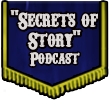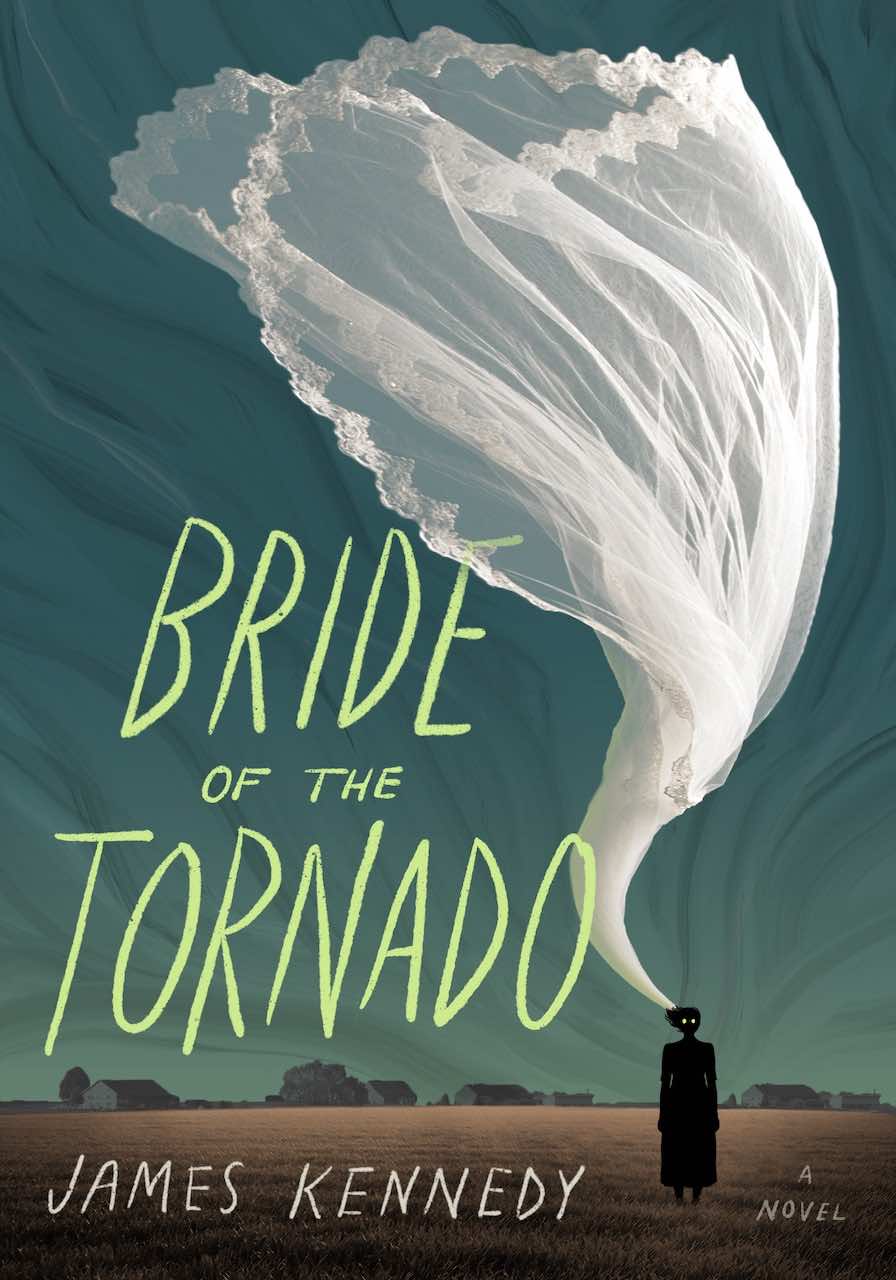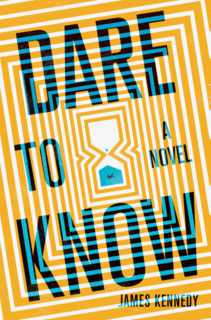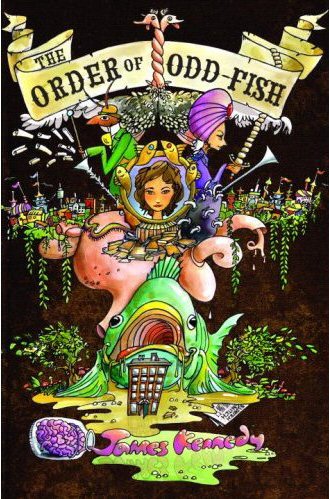I have two more articles in the Wall Street Journal: My “Five Best” Tales of Unexpected Terror and Jayson Greene’s UnWorld
August 16, 2025
« The 2025 90-Second Newbery Filmmaking Camp at the Treehouse Museum We return to Japan! »

|
I occasionally review books for the Wall Street Journal, and I’ve been doing more of it lately. In this weekend’s edition, I review Jayson Greene’s new AI-themed novel UnWorld, a satisfyingly weird and emotionally resonant novel about AI. I write “This is less I, Robot and more Ordinary People . . . humane and refreshingly idiosyncratic.” You can read the review above, or online here.
. . . And I also had an article in last week’s issue, too! They have a regular “Five Best” column in which a writer chooses five books that exemplify some theme or idea of their choice. For me, I chose five books that aren’t technically horror novels, but for me are actually more horrifying than many horror novels. Behold my “Five Best Tales of Unexpected Terror” (online version here).

|
(I gotta say, that classic WSJ-style hedcut portrait of me has a peculiar horror of its own. Uncanny valley vibes.)
Again, you can read my official article online, but here are some additional musings of a more personal nature about each of these books. They weren’t appropriate for the short form of the article, but that’s what blogs are for, right?
The first book I chose was Madeleine L’Engle’s A Wind in The Door, the even stranger sequel to her deeply strange 1962 Newbery winner A Wrinkle in Time. This shaggy 1970s mix of witchiness, religiosity, and sci-fi was first truly unsettling book I read. The demonic “Echthroi” are “X-ing” all of creation into void, whether tearing holes in starscapes or giving teenaged Meg Murry’s beloved little brother Charles Wallace a mysterious disease in his mitochondria. This sends Meg and her new allies into Charles Wallace’s body—not in a miniaturized vessel a la Fantastic Voyage, but by a mystic journey that collapses size differences between human cells and galaxies. Recounting these trippy scenes, you risk sounding like Bill Hader’s SNL character Stefon (“New York’s hottest nightclub ‘Charles Wallace’s mitochondrion’ has it all: A murky underwater world of mouse-shrimp critters, mystical hymn-singing trees, and cloned school principals whirling in demonic circles”). Trippy and disquieting, you wonder how L’Engle got away with all this stuff in a kids’ book.
I also chose Yukio Mishima’s The Sailor Who Fell From Grace With the Sea, which is gorgeously written but deeply perverse. I gave it to my sister Kara for her birthday, and after she read it, she threw it in the trash and told me “I don’t want something this evil in my house.” The editor cut out my mention of the scene where a gang of nihilistic boys get naked together to kill stray cats and ritualistically remove their organs (you know, boy stuff). Maybe that’s for the best.
The third book I chose was C.S. Lewis’ The Dark Tower, which is not the 4000-page Stephen King series of the same name, but rather an unfinished novel discovered after Lewis’ death. There’s a vibe of sexual darkness and grotesque body horror that you wouldn’t expect from the hearty author of the Narnia books—some parts feel like stumbling upon a beloved uncle’s freaky browser history. It’s also been claimed that the manuscript is a forgery, which adds to its illicit vibe.
The fourth book is My Idea of Fun by Will Self, which I picked up on a whim at a used bookstore in Tokyo in the nineties. I was stunned at how ickily compelling it was. Every few years, I reread it—always with enjoyment at first, and baffled nausea by the end. I didn’t have space in the WSJ review to explain how the book gets more exasperating as it goes on, with digressions into a hallucinatory Land Of Children’s Jokes, the launch of an incoherent “edible financial product,” and the ramblings of a therapy session of junkies. Like the journey from adolescence to adulthood that it traces, it starts focused and riveting, and dissolves into something frustrating, chaotic, and morally fraught as you realize the story isn’t what you signed up for.
The last book is House of Leaves by Mark Z. Danielewski. Somehow both addictive and a slog, a page-turner that does everything possible to not be, it gets under your skin and just might obsess you. It’s a haunted house story, but manifested in a maddeningly complicated way, presented as a story-within-a-story-within-a-story based on a lost manuscript complete with appendices, metafictional commentary, footnotes spawning more footnotes, and typographical stunts—complications that imitate the convoluted structure of the cursed house itself. It’s a dizzying and exhausting experience. At the beginning of the book, the narrator promises that after reading it, “a moment will come, maybe in a month, maybe a year, maybe even several years . . . Out of the blue, beyond any cause you can trace, you’ll suddenly realize things are not how you perceived them to be at all. For some reason, you will no longer be the person you believed you once were.”
Actually, that’s the inevitable fate for every one of us. And what’s scarier than that?














